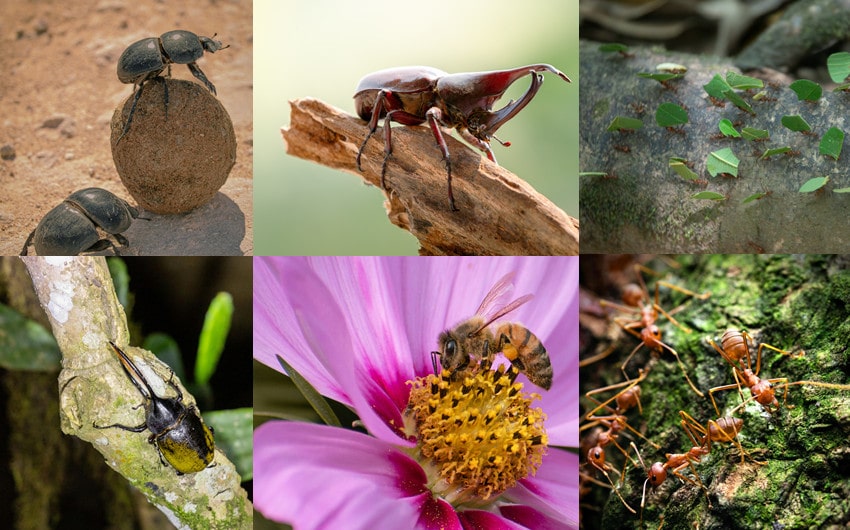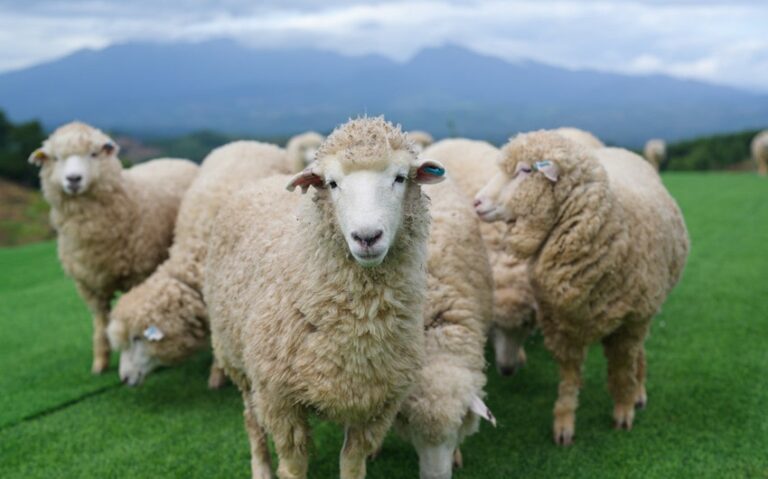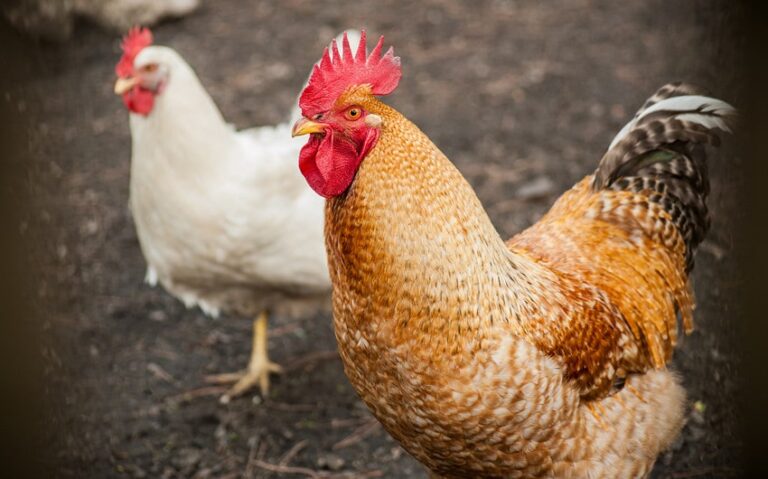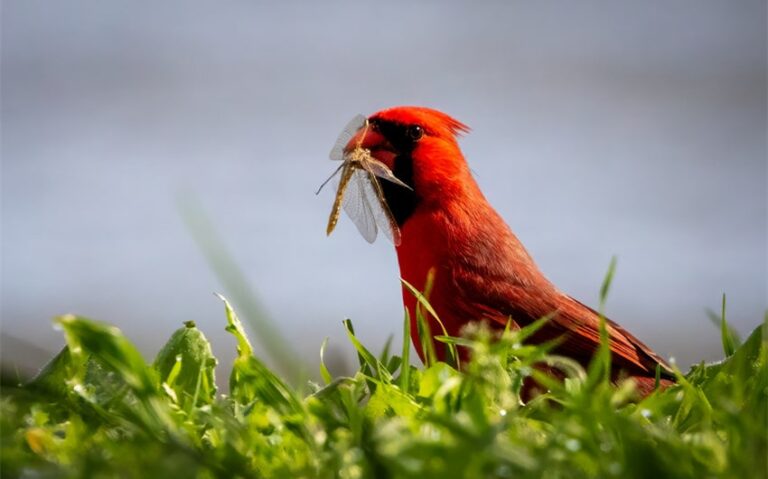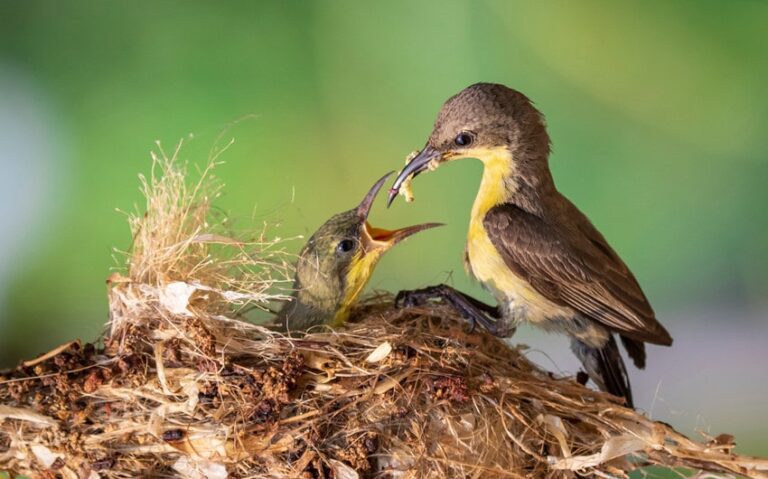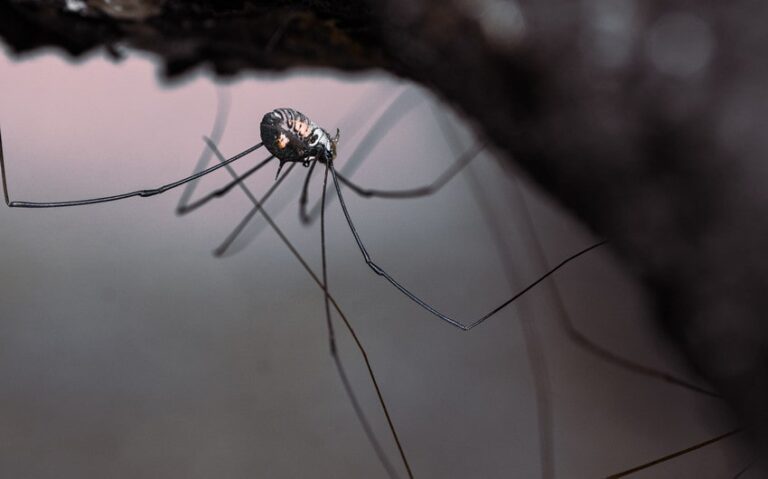Discover the 7 Strongest Insects That Defy the Odds
In the world of insects, strength comes in many surprising forms. From lifting weights many times their own body mass to performing incredible feats of agility, the strongest insects display remarkable abilities that often go unnoticed. These tiny powerhouses can inspire awe with their sheer tenacity and resilience.
Whether you’re a nature enthusiast or simply curious about the amazing capabilities of these small creatures, discovering the strongest insects offers a fascinating glimpse into the incredible world of insect strength. Let’s explore some of the mightiest insects that demonstrate extraordinary power and endurance in their everyday lives.
Relative Strength vs. Absolute Strength
When discussing the strength of insects, it’s important to differentiate between relative strength and absolute strength. Relative strength refers to the strength of an insect in proportion to its body size or weight. Many insects can lift or carry objects several times their own body weight, which is a common measure of their relative strength.
For example, a dung beetle can move dung balls that are over 1,000 times its body weight. On the other hand, absolute strength is the total amount of weight an insect can lift or move, regardless of its size. While insects may not have high absolute strength compared to larger animals, their relative strength is often unparalleled.
Examples of the Strongest Insects
1. Dung Beetles
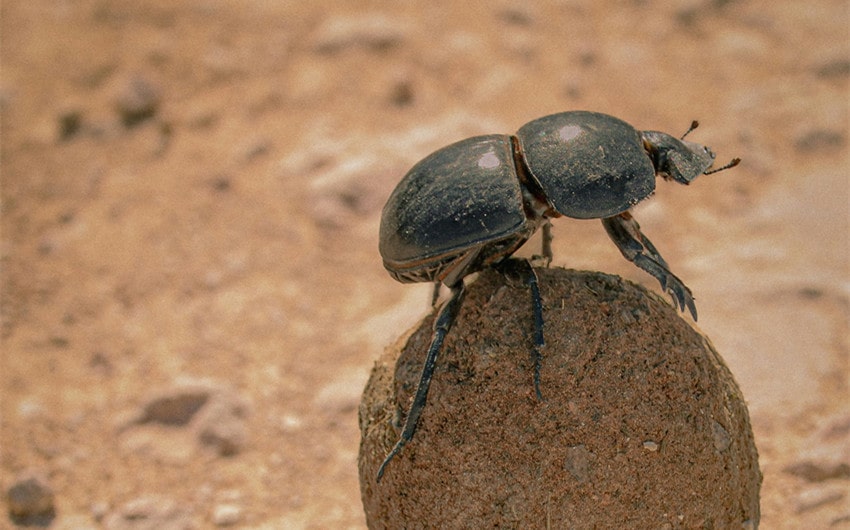
Dung beetles are renowned for their incredible strength, particularly their ability to lift and roll dung balls that can weigh more than 1,000 times their body weight. This relative strength makes them some of the strongest insects on the planet.
Dung beetles use this immense power to transport dung to their nests, where it serves as a food source or breeding ground. Their strength is not just physical but also strategic, as they often engage in fierce battles over dung balls.
One notable species is the African dung beetle (Scarabaeus laticollis), known for its exceptional strength and determination. Watching a dung beetle methodically roll a massive ball of dung across the landscape is a testament to the insect’s perseverance and muscle power.
2. Leafcutter Ants

Leafcutter ants are famous for their remarkable ability to carry pieces of leaves and other vegetation that can be up to 50 times their body weight. These ants use their powerful mandibles to cut leaves and transport them back to their colonies, where the leaves are used to cultivate fungus—a primary food source for the colony.
Leafcutter ants exhibit a highly organized social structure, with worker ants specializing in different tasks, all contributing to the colony’s efficiency and strength. Their cooperation and strength are evident in the sight of long trails of ants carrying leaf fragments many times their size.
Notable species include Atta cephalotes and Acromyrmex octospinosus, which can create extensive underground colonies that span several meters.
3. Rhinoceros Beetles
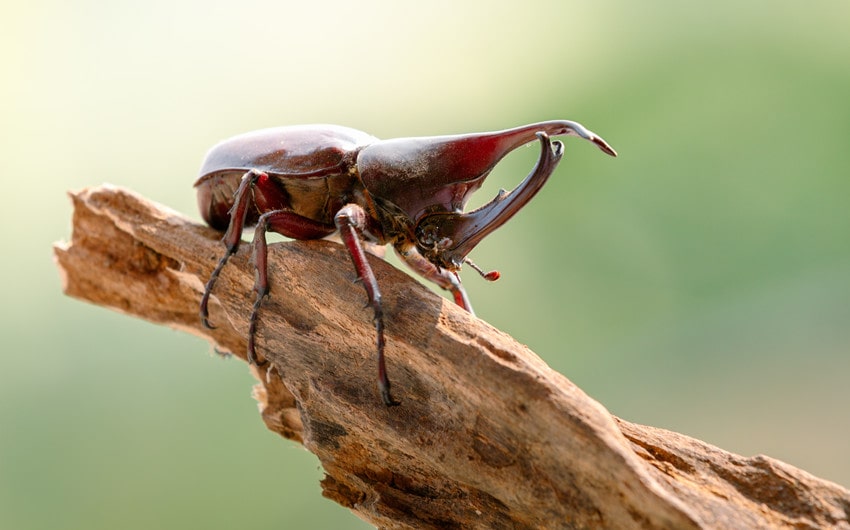
Rhinoceros beetles, belonging to the family Scarabaeidae, are among the largest and strongest beetles in the insect world. Males are known for their impressive horn-like structures, which they use in combat to lift and throw rivals during mating competitions.
Rhinoceros beetles can lift objects that are up to 850 times their body weight. This incredible strength is not only used in combat but also for moving through dense vegetation and debris.
The Hercules beetle (Dynastes hercules), with its long, curved horn, and the Japanese rhinoceros beetle (Trypoxylus dichotomus), revered in Japanese culture, are two well-known examples. Observing these beetles in action, especially during their dramatic wrestling matches, highlights their brute strength and the evolutionary advantages of their formidable physiques.
4. Honey Bees
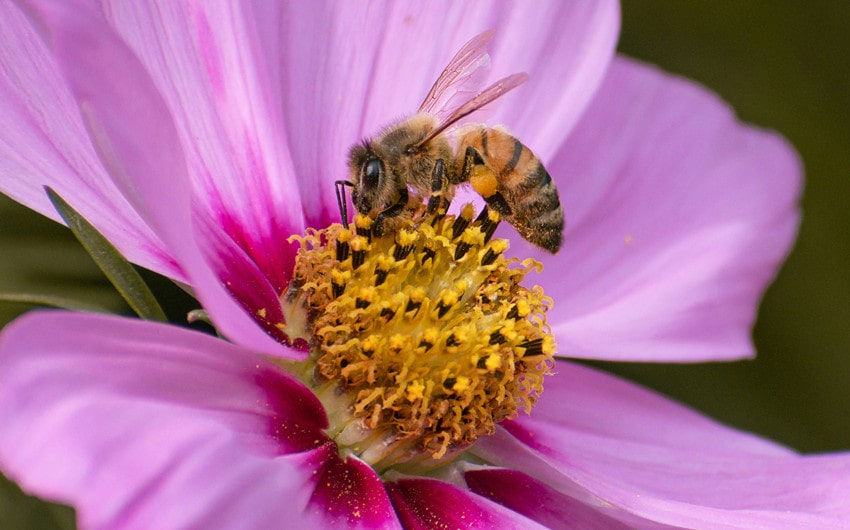
Honey bees, though not typically thought of as strong insects, exhibit impressive strength relative to their size. Worker bees can carry loads of nectar and pollen that weigh almost as much as their own bodies back to the hive.
This strength is essential for the survival of the colony, as it ensures a steady supply of food and resources. Honey bees also demonstrate strength in numbers, working together to defend the hive, regulate temperature, and perform complex tasks such as building honeycombs.
If you’re looking to start your own colony, finding bee hives for sale is the first step toward successful beekeeping. Whether you’re a beginner or an experienced beekeeper, choosing the right hive setup ensures a healthy, productive environment for your bees. Many suppliers offer high-quality wooden or plastic hives designed to support strong and thriving colonies.
The European honey bee (Apis mellifera) is the most widely recognized species. Watching a hive in action reveals the coordinated effort and collective strength of thousands of bees working towards a common goal.
5. Weaver Ants

Weaver ants are known for their exceptional strength and cooperative behavior. These ants can lift objects that are up to 100 times their own body weight. They use their strength to construct intricate nests by weaving leaves together with silk produced by their larvae.
Weaver ants are also fierce defenders of their territory, using their powerful mandibles to ward off intruders. Their ability to work together in large numbers amplifies their strength, making them formidable builders and protectors.
Oecophylla smaragdina, commonly known as the Asian weaver ant, is a prominent example. The sight of weaver ants meticulously stitching leaves together showcases their remarkable engineering skills and raw strength.
6. Fleas
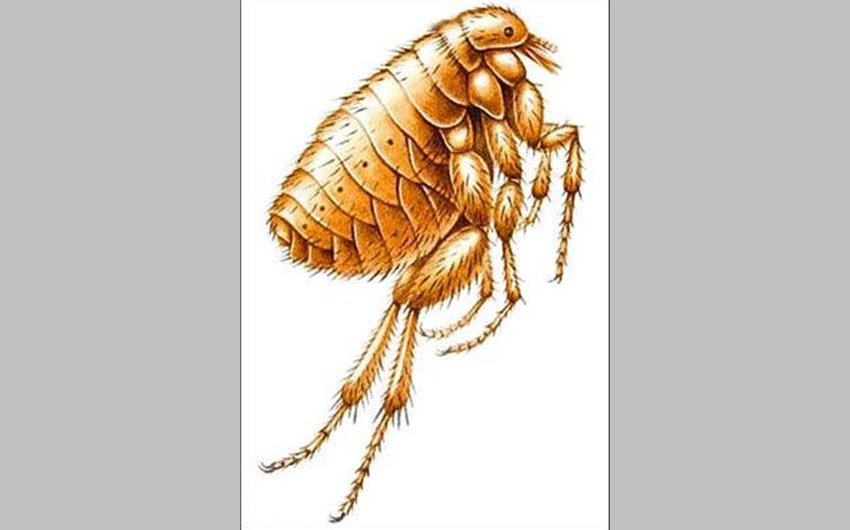
Image source: Pinterest
Fleas are tiny insects that are capable of extraordinary feats of strength, particularly in their ability to jump great distances. A flea can jump up to 200 times its body length, equivalent to a human leaping the length of several football fields in a single bound.
This jumping strength is due to their powerful leg muscles and specialized protein structures that store and release energy efficiently. Fleas use this strength to move quickly between hosts and escape predators.
The cat flea (Ctenocephalides felis) and the human flea (Pulex irritans) are well-known species. Observing a flea’s powerful jump underscores the impressive biomechanics that enable such explosive movements from such a small creature.
7. Hercules Beetles

The Hercules beetle (Dynastes hercules) is one of the most iconic and strongest insects in the world. Known for its impressive size and the long horn on its thorax, the Hercules beetle can lift and carry objects that are up to 850 times its body weight.
Males use their horns in battles for mates, demonstrating their incredible strength by lifting and throwing opponents. This strength also helps them navigate through dense forest litter and move obstacles out of their way.
The Hercules beetle is native to the rainforests of Central and South America and is a prime example of nature’s mightiest insects. Witnessing a Hercules beetle in its natural habitat, maneuvering through the forest floor with ease, highlights its sheer power and adaptability.

